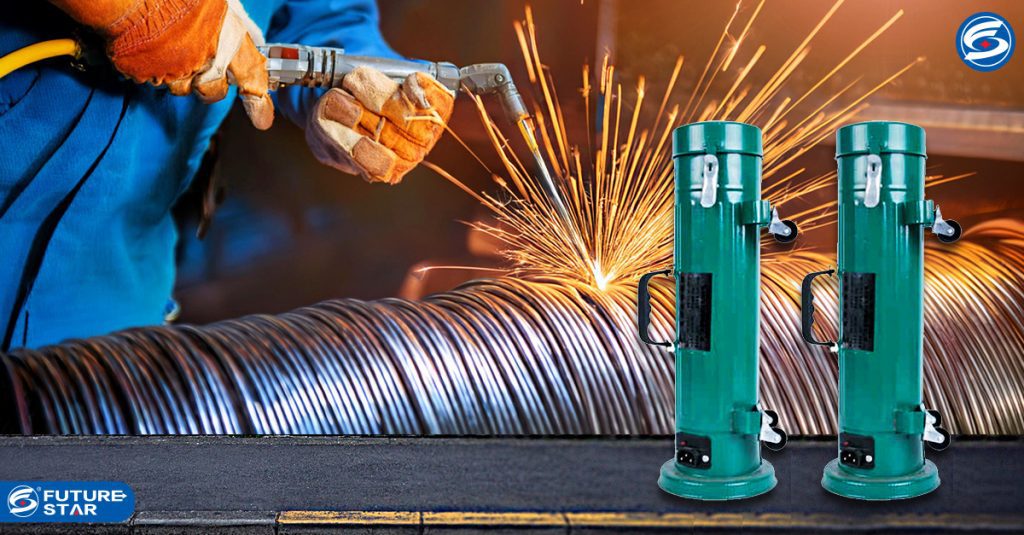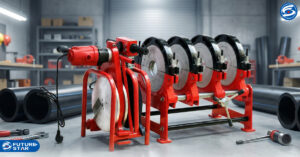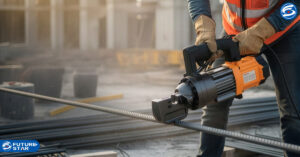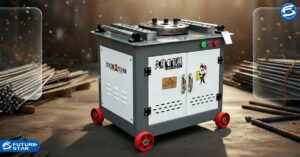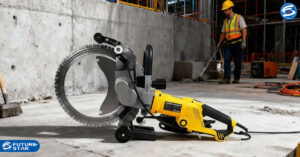Manual arc welding utilizes a flux electrode to generate an electric arc between base metals.
A metal electrode coated in flux with an electric current will depend on the type of electrode.
What do you imagine if you do welding work?
Of course, you must understand the various steps of welding work from the beginning to the final welding process. If you are a professional in the welding field, you certainly understand this.
At the beginning you will do the work welding, You will prepare some basic materials for the welding process. There are several welding conditions, namely in the initial step or during heating, both of which have become the basis for general welding requirements.
In this heating process when welding will require certainty of integrity, so that the welding results can be appropriate. This is intended to prevent unwanted things from happening after the welding is complete. All forms of this heating process require relatively expensive costs. This is because the process will require extra equipment, extra time, and extra handling. For this reason, heat should only be applied after carefully considering the benefits.
In certain cases, heat treatment will be mandatory, such as on heavy sections of low alloy steel, whereas in other cases, it will be a justifiable precaution against early failure in service.
Pre-heating
One of the stages in welding work is Pre-heating which is the initial heating process. This stage is defined in accordance with the Provisions and Definitions AWS Standard Welding. It is "the heat applied to the base metal or substrate to achieve and maintain the preheating temperature."
Preheating temperature is defined by the same document as "the temperature of the base metal in the volume surrounding the weld point immediately before welding begins. In multipass welding, it is also the temperature just before the second and subsequent passes begin" (Interpass Temperature).
How you should do Pre-heating
Preheating can be done using a gas burner, oxy gas flame, electric blanket, induction heating, or heating in a furnace. For superior results, heating should be done uniformly around the joint area. Intense, non-uniform heating is of little use in slowing cooling and may be detrimental in causing higher residual stresses, distortion, or undesirable metallurgical changes in the base material.
Pre-heating process, at this stage, you can use some basic materials such as combustion equipment that is gas, oxy gas fire, electric blanket, induction heating, or heating in a furnace. The results of the pre-heating process are expected to be in line with expectations.
Therefore you need to perform simultaneous heating in the joint area. Intense, non-uniform heating is of little use in slowing cooling and may be detrimental in causing higher residual stresses, distortion, or undesirable metallurgical changes in the base material.
Because the pre-heating process is intense and not simultaneous, it is not very useful for slowing down cooling. In addition, it is expected to be detrimental and cause higher residual stresses. The occurrence of distortion, or undesirable metallurgical changes in the base material.
Lorem ipsum dolor sit amet, consectetur adipiscing elit. Ut elit tellus, luctus nec ullamcorper mattis, pulvinar dapibus leo.

